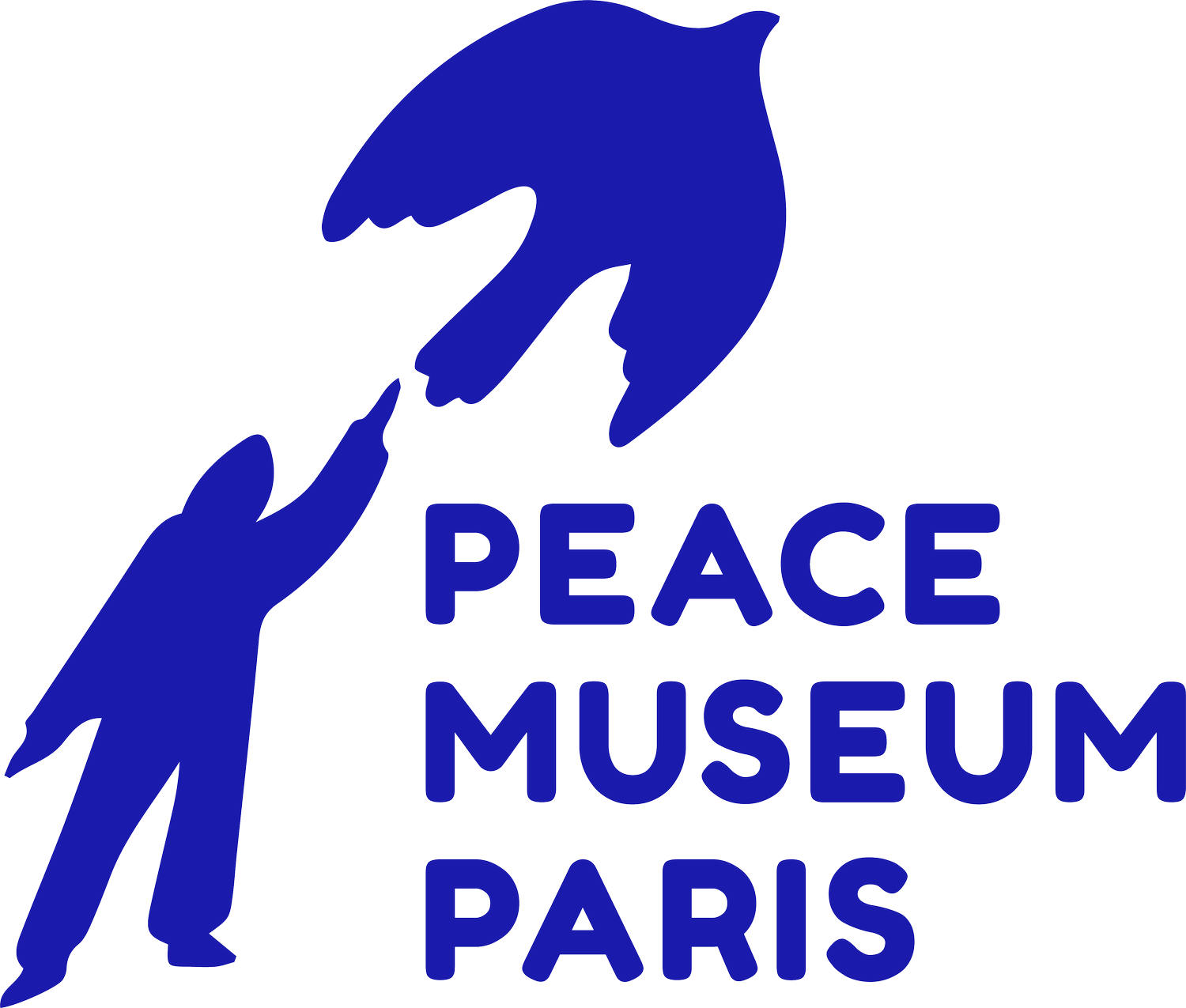Ayşe Gökdemir
If one person dreams alone, it is only a dream. When many people dream together, it is the beginning of a new reality.
- Friedensreich Hundertwasser
Friedensreich Hundertwasser was an Austrian-born New Zealand pacifist, environmental activist, artist, and architect. He was born on December 15, 1928, in Vienna. His father died when he was only three months old. His art education began after World War II when he enrolled in the Fine Arts Academy of Vienna in 1948.
Hundertwasser used the new names of Regenstag and Dunkelbunt. After 1949, he used ‘Friedensreich Reganstag Dunkelbunt Hundertwasser,’ which meant ‘kingdom of peace, rainy day, dark colorful hundred waters’ in his works. His first profitable success was an exhibition in Vienna during 1952 and 1953, hosted by the Art Club of Vienna. He also organized exhibitions in different parts of the world.
The manifesto of Mouldiness (Verchimelugsmanifest gegen den Rationalismus in der Architektur) was presented by Hundertwasser in Styria on July 4, 1958. It was then recited later in the Galerie Van de Loo in Munich on July 11th and in the gallery of Parnass on July 26th of the same year. The manifesto has since been published in various European languages. He also designed the ‘Peace Flag’ in 1978 and published his ‘Peace Manifesto’. He spoke about designing architecture in harmony with nature. He also spoke against nuclear weapons in the US Senate, the Corcoran Museum, the Philipp's Collection, Berlin, and in the Technical Universities of Vienna and Oslo.
Hundredwasser founded the technique of ‘Transautomatism,’ a style of painting which is focusing on the viewer's fantasy rather than an objective interpretation. All of his buildings in Austria, Germany, New Zealand, the Netherlands, and America have irregular shapes and different colors close to nature. He is considered to be one of the most famous architects in the world. He used different design styles for buildings, and he rejected straight lines and other standardizations in design. The Hundertwasserhaus in Vienna is one of his best-known works.
He has left behind dozens of works of art and architecture including: the Hundertwasserhaus, KunstHaus Wien, District Heating Plant, and Spittelau in Vienna; Motorway Restaurant, Bad Fischau-Brunn, Hot Springs Village, Bad Blumau, Hundertwasserkirche, and Bärnbach in Styria; Hundertwasserhaus Waldspirale in Darmstadt; Kindergarten Heddernheim in Frankfurt; Wohnen unterm Regenturm in Plochingen; Hundertwasser "environmental railway station" in Uelzen; die Grüne Zitadelle von Magdeburg in Magdeburg; Kuchlbauer-Turm in Abensberg; McDonal Kinder Vallei and Valkenburg aan de Geul in the Neatherlands; and Quixote Winery, Napa Valley in America, Maishima Incneration Plant, in Osaka in Japan; and Hundertwasser toilet and Kawakawa in New Zealand.
There have been three books written and three documentaries were made about him and his valuable works. Furthermore, he received many awards including Sanbra in Brazil (1959), Mainichi in Japan (1961), Grand Austrian State Prize (1980), Austrian Nature Protection Award (1981), Officier de l'Ordre des Arts et des Lettres (1985), Gold Medal of the City of Vienna and Styria (1988), and Grand Decoration of Honour for Services to the Republic of Austria (1997). There are also many galleries established and exhibitions held under his name in different parts of the world.
Friedensreich Hundertwasser died in 2000.
